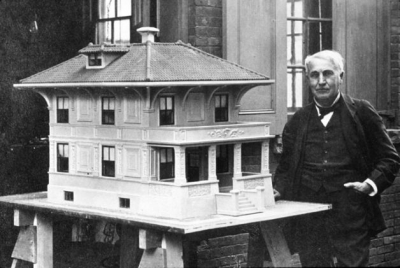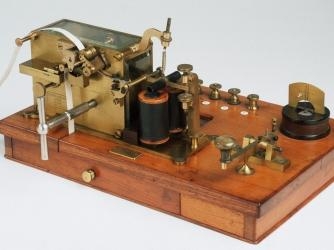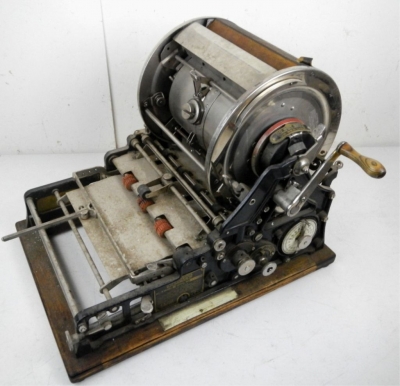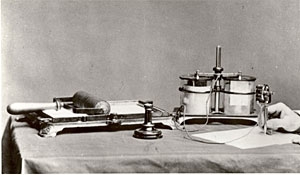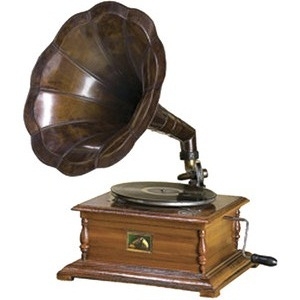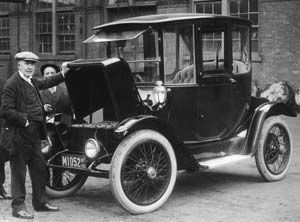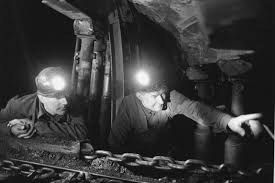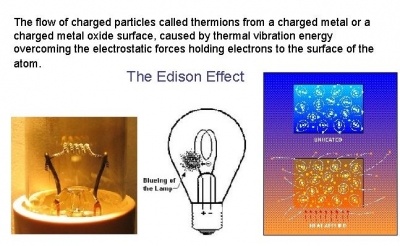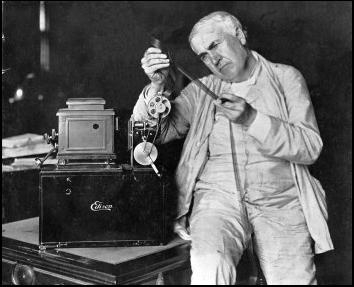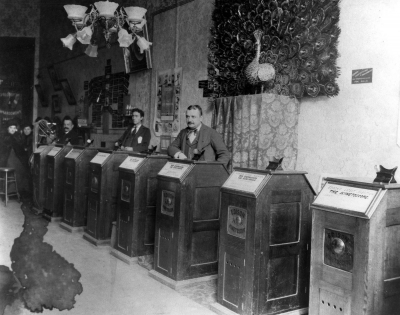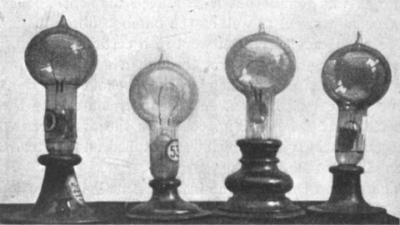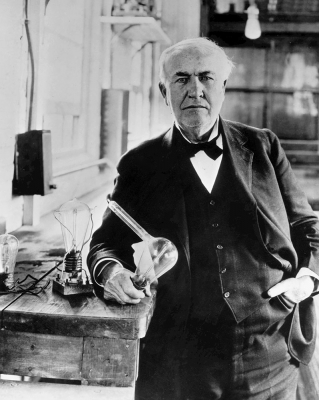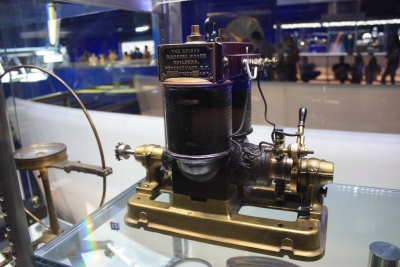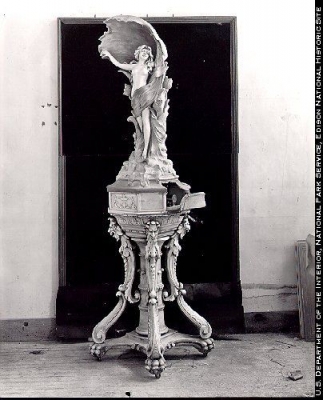Did Edison have cement patents?
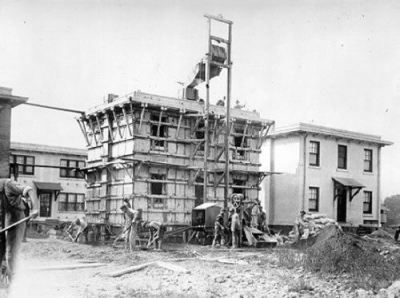
Yes, Edison did have something to do with cement as well! In fact, he held 49 patents related to cement. They included the equipment to process cement, waterproofing cement paint, and a single-pour mould for concrete. He had imagined a concrete-age for the future, with houses, furniture, pianos and refrigerators made of concrete!
Edison’s interest in cement started on noticing how much sand waste was produced by his ore milling company. This fine sand was sold to cement manufacturers for making concrete. In 1899, Edison founded the Edison Portland Cement Company, in Stewartsville, New Jersey. It had the longest rotating kilns in the world, almost twice as long as the usual cement kilns. Edison licensed other manufacturers to use the kilns. This helped the others to improve their production, but affected the profits of his own company.
Picture Credit : Google
